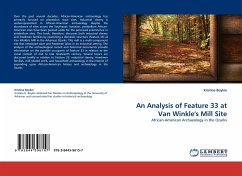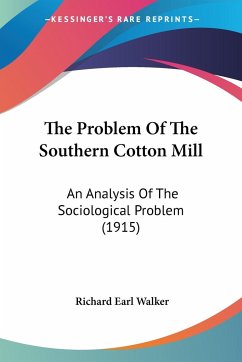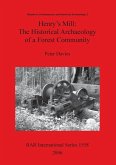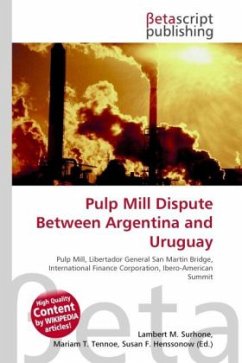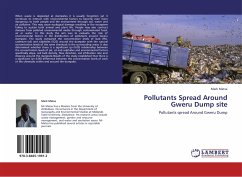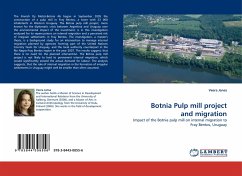Over the past several decades, African-American archaeology has primarily focused on plantation slave sites. Industrial slavery is underrepresented in African-American archaeology despite the abundance of sites across the Southeast; however, postbellum African-American sites have been pushed aside for the perceived prominence in antebellum sites. This book, therefore, discusses both industrial slavery and freedmen families by examining a domestic structure (Feature 33) at Van Winkle's Mill in the Arkansas Ozarks. This mill is a multi-component site that employed slave and freedmen labor in an industrial setting. The analysis of the archaeological record and historical documents provide information on the possible occupants of Feature 33 in relation to the social context of mid to late nineteenth century. Several topics are discussed briefly in relation to Feature 33: industrial slavery, freedmen families, mill-related work, and household archaeology in the interest of expanding upon African-American history and archaeology in the Ozarks.
Bitte wählen Sie Ihr Anliegen aus.
Rechnungen
Retourenschein anfordern
Bestellstatus
Storno

